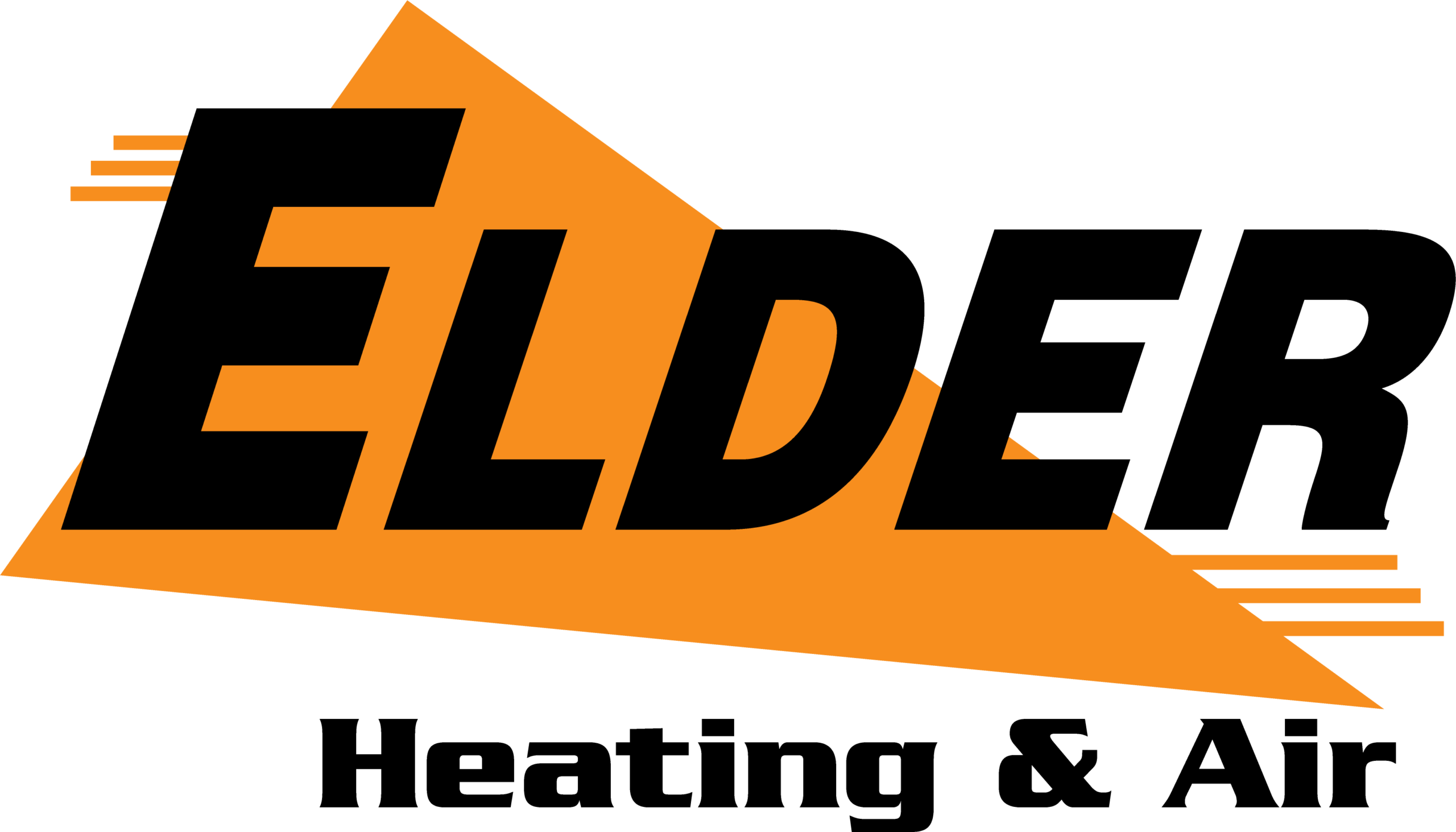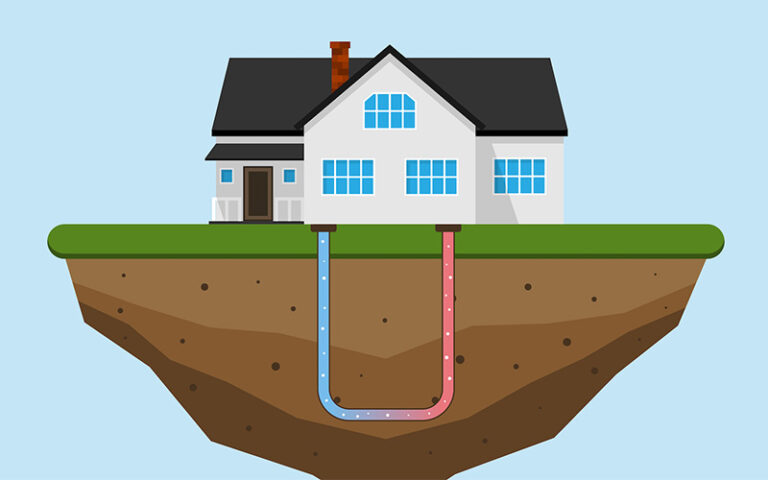Geothermal is the term to describe products or energy that uses the natural internal heat of the Earth. The geo is Earth and thermal is heat. This term also references all methods used for recovering this heat from rocks, steam or hot water underground.
It works like this: under the Earth’s crust, a layer of molten rock exists called magma. Here, heat constantly generates. The amount of heat produced contains approximately 50,000 times more energy than oil and natural gas resources.
The process for using the Earth’s heat for energy dates back to the 1940s. Even with all the known benefits, only about 3 percent of renewable energy consumption.
The Earth has been producing its own heat for approximately five billion years. There is no reason to believe that this will change over the next five billion years, making geothermal a virtually infinite energy source.
This type of energy takes advantage of the Earth’s ground temperatures, which are basically constant at depths of 10-300 feet. According to the Environmental Protection Agency, these systems are the most energy efficient, clean and cost-effective available.
While power plants and direct use geothermal heat may use geothermal springs, the most conventional practice is using geothermal heat pumps. Also referred to as ground source heat pumps, these systems make good use of the relatively stable temperature of the Earth just below the surface.
Some simply use a tube that runs from the air outside and then underground, leading directly to the building’s ventilation system. Other approaches include using compressors and pumps for the process.
Most systems work by circulating water in a closed loop technique called a “loop field,” which is installed in the ground next to or underneath a structure. You can then use this energy can in both cooling and heating needs. Best of all, the system is reversible. The heat is taken from your home or building and sent into the ground to keep things cool in the summer. It’s taken from the ground and distributed throughout your space to ensure you are warm during the winter. There are several different types of loop systems, such as horizontal or vertical, so consult a heating professional to discuss which kind will be right for you.
In some cases, you only have to dig a few feet underground to obtain the benefits of geothermal energy. Additionally, because it only moves heat instead of generating it, geothermal is an ideal choice that is much more efficient than its energy counterparts.
How can geothermal benefit you?
Geothermal energy is clean and sustainable – unlike other heating and electricity options, geothermal produces almost no carbon dioxide and near-zero air pollution since there is no combustion involved. This gives you improved indoor air quality.
Geothermal is consistent – no matter what time of day or what the weather is like, you can count on geothermal energy. You can only gather solar power during sunny days and wind power is variable. Most people also consider geothermal more predictable and stable, in contrast to sources such as coal and other fossil fuels. Almost any area in the country can support geothermal heating systems. For instance, it may be ideal for rural and other areas that don’t have access to natural gas lines.
Geothermal is a wise investment – geothermal systems have an average lifespan of 20 years. You can typically expect the ground loop portion, usually made of high density polyethylene, to typically last for approximately 50 years. Compare that to the 7-10 year life expectancy of the typical furnace. Additionally, based on a Department of Energy survey, heat pumps can save the average homeowner hundreds of dollars yearly. In fact, your system will most certainly pay for itself within 12 years. When you add tax credits and other incentives to the mix, it can pay for itself in about five years.
Geothermal energy is easy to use – since there is no outside unit, like those used in central air systems, geothermal systems are very quiet when in operation. In addition, the unit is located indoors. This reduces the wear and tear nature can inflict and extend the lifecycle of your system. Also, installing these underground loops is not problematic in most areas and can even be set up during new construction. This means that your savings will be waiting for you when you arrive.
What you need to know about the geothermal tax credit.
- You can get a 30 percent rebate on any geothermal system bought in 2017-2019. This means that the heat pump tax credits are retroactive to January 1, 2017. So even if you bought your system last year, you won’t miss out on the savings. Check with a tax expert to find out how to claim these deductions.
- The geothermal tax credit also includes a 26 percent rebate on systems purchased in 2020 and 22 percent in 2021.
- To be eligible, the installation of the geothermal system must occur in the home you will use as your residence. Rental property may not qualify for the deductions but second homes might. It’s best if you plan on staying in your home for at least seven years to get the maximum benefit from your system.
- You should consult a qualified heating and cooling company to learn more. It’s vital to choose a company with experience and expertise in geothermal systems. They will make sure you have the necessary paperwork and information on the efficiency rating for your unit. You need this to satisfy IRS requirements. Whether you are about to build your dream home or just looking for a more efficient and environmentally sustainable way to heat and cool your current home, you should consider a geothermal system.
No matter what type of heating system you have, it works best when well maintained and it suits your lifestyle. Trust the experts at Elder Heating and Air to help you maintain a reliable heating system as well as repair or install the top brands and maximize the efficiency of your home.


